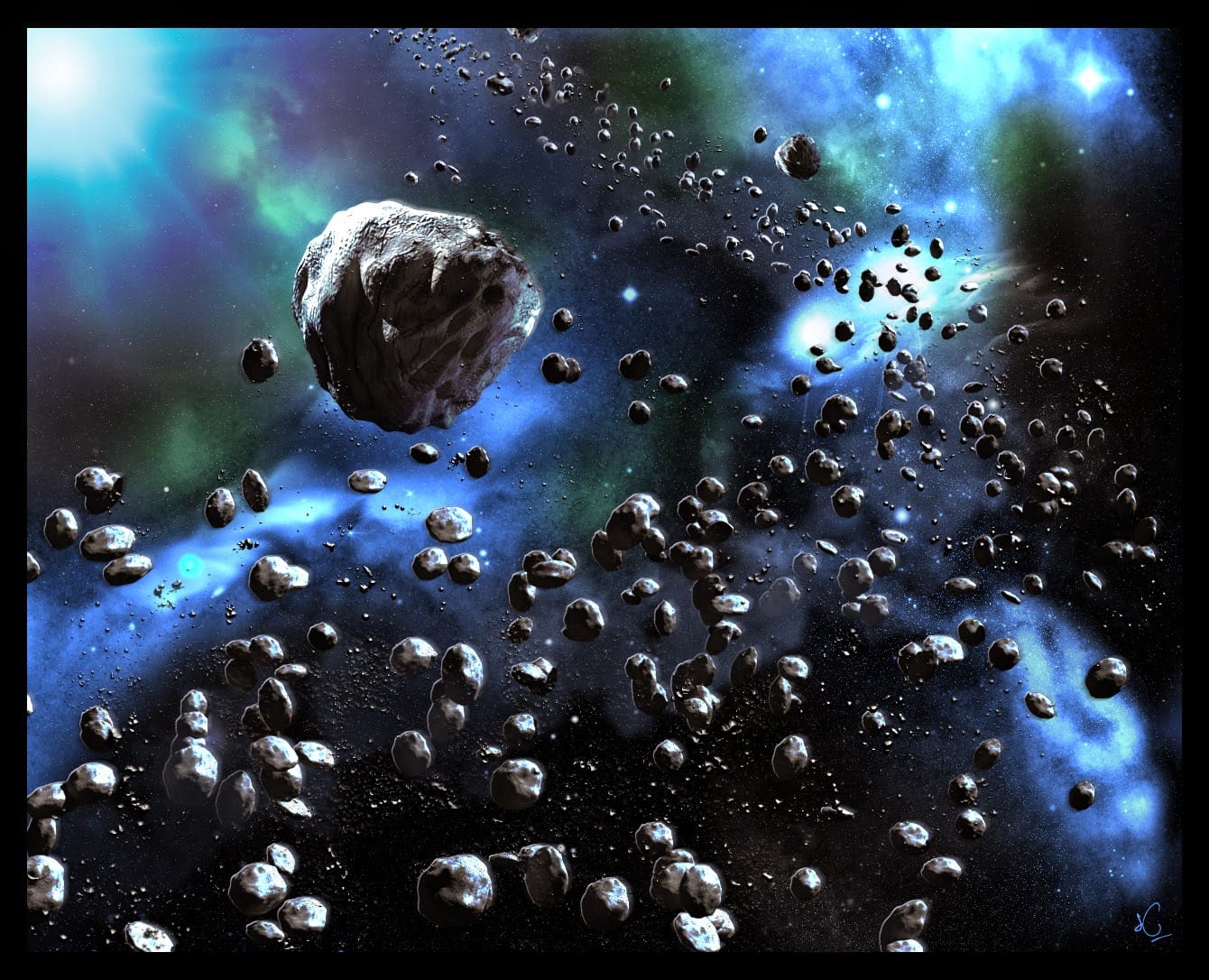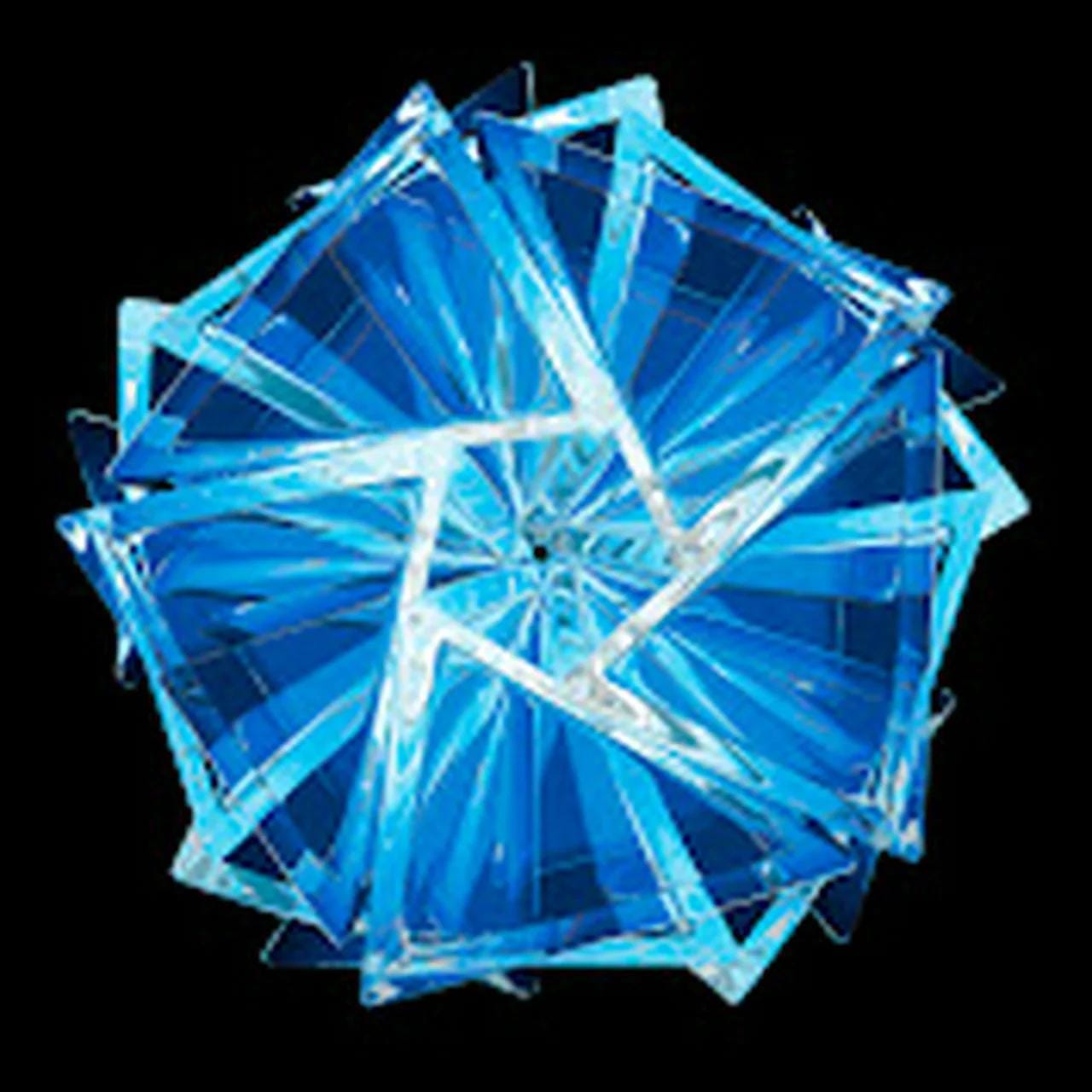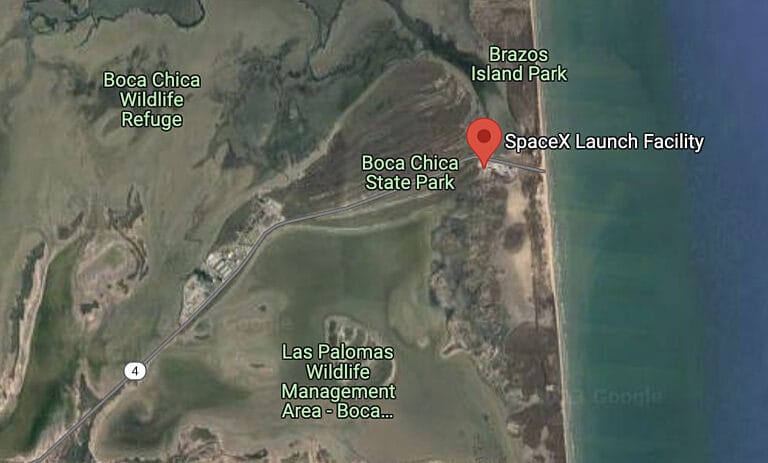In a startling turn of events, an asteroid measuring approximately 30 meters in diameter narrowly missed Earth over Siberia last week. The near-miss occurred on October 15, 2023, when the asteroid, designated 2023 QD1, passed within just 12,000 kilometers of the Earth’s surface—less than one-tenth the distance from Earth to the Moon. This close encounter has reignited discussions about the need for enhanced planetary defense systems to detect and mitigate potential asteroid threats.
NASA’s Near Earth Object Program reported that 2023 QD1 was discovered only a few days before its closest approach, highlighting the challenges astronomers face in tracking smaller asteroids that could cause significant damage if they were to collide with Earth. Fortunately, 2023 QD1 posed no threat, but its passage serves as a reminder of the constant vigilance required to monitor near-Earth objects (NEOs).
Adding to the excitement, another massive asteroid, known as 2023 RZ1, is expected to pass by Earth this week. Estimated to be around 150 meters wide, 2023 RZ1 will make its closest approach on October 20, 2023, at a distance of approximately 1.2 million kilometers—still a safe distance but significantly closer than many other asteroids that routinely pass by our planet. Astronomers are closely monitoring this asteroid as well, given its size and potential implications for Earth.
The occurrence of two significant asteroid events within such a short timeframe underscores the importance of ongoing research and investment in asteroid detection technologies. Organizations like NASA, ESA (European Space Agency), and various international collaborations are working tirelessly to improve tracking systems and develop strategies for planetary defense.
Experts emphasize the need for global cooperation in asteroid detection and mitigation efforts. “As we continue to discover more near-Earth objects, it’s crucial that we share information and resources on a global scale,” said Dr. Emily Carter, an astrophysicist with the Planetary Defense Coordination Office. “While the odds of a catastrophic impact remain low, the consequences of such an event would be catastrophic, making preparedness essential.”
In light of these recent events, the scientific community is urging governments and private sectors to invest in technologies that could redirect or deflect asteroids if a potential threat is detected in the future. The recent close call serves as a potent reminder of the unpredictable nature of our cosmic neighborhood and the importance of being prepared for the unexpected.
As we continue to explore and understand our solar system, the safety of our planet remains a top priority. The next few days will be crucial as astronomers observe the trajectory of 2023 RZ1 and assess any potential future threats from space. For now, the world can breathe a sigh of relief, knowing that this time, Earth has narrowly escaped a cosmic collision.


